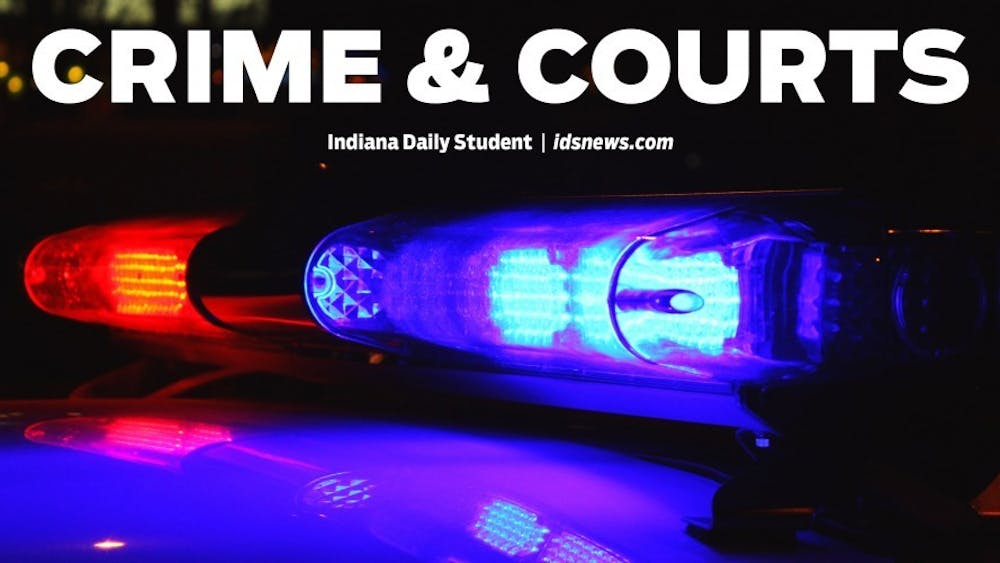Thanks to a $1.9 million research grant, the Indiana University Center for Research in Extreme Scale Technologies will collaborate with the University of Notre Dame and Purdue University on a shockwave physics research project.
The primary goal of the research is to identify how shock waves create new
materials, said Andrew Lumsdaine, CREST director and professor in the IU School of Informatics and Computing, in an email.
The research will provide a way to simulate activity in a cheaper and more efficient manner, he said.
Notre Dame will be leading the research. CREST will have the responsibility of making sure the programs that Notre Dame creates can efficiently and quickly run on a supercomputer, Lumsdaine said.
He said the programs are like long mathematical problems that take large supercomputers to calculate, and CREST has to re-work the problems and programs so the computers can read and solve them.
“The computational science team at Notre Dame needs to be able to develop their software in an efficient way, and they need to be able to deploy it on some of the fastest machines in the world,” Lumsdaine said.
The goal of the research is to limit physical experiments, but this only can be possible to a certain extent, he said. To verify the accuracy of the computer simulations, some actual recreations must be played out. At this point, the team can compare the computational model to the physical experiment. If there are too many differences, the computational models, mathematical models and software will have to be slightly reworked to better match the physical experiment.
Thomas Sterling, CREST associate director and professor in the IU School of Informatics and Computing, said IU was chosen to be involved in this research because CREST is recognized as one of the leading research centers in high-performance computing, he said.
If the research is successful, future research collaborations may occur, Sterling said. Engineering fields, as well as science, will reap the benefits.
“This is an exceptional opportunity for IU and its partners and perfectly timed to exploit recent findings while positioned to produce future results of value to other programs in the near term,” Sterling said.
IU research center given $1.9 million grant
Get stories like this in your inbox
Subscribe





